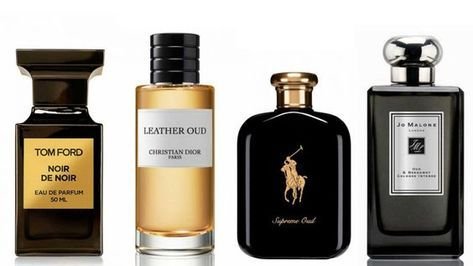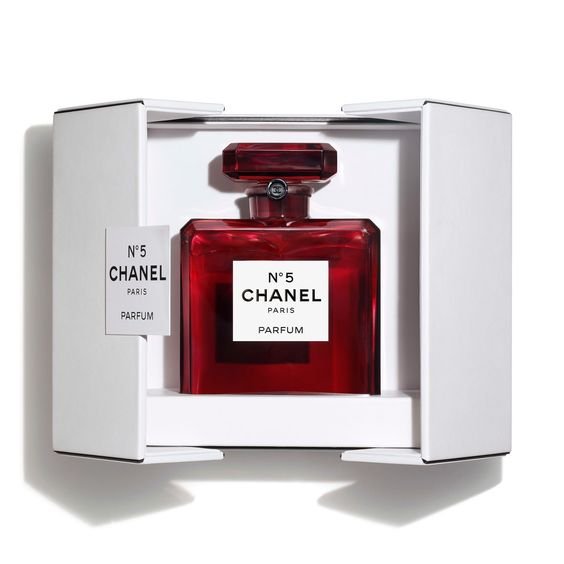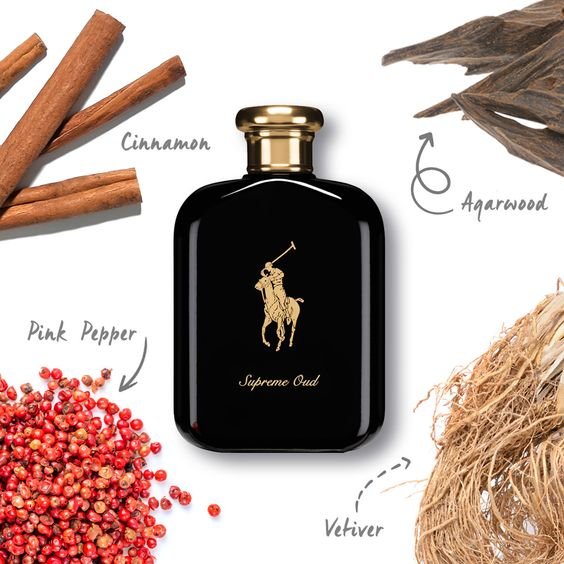Lessons for UX Designers from the Fragrance Industry
Branding and positioning play a crucial role in the fragrance industry, where companies strive to create unique scents that evoke emotions, memories, and a sense of identity. In this article, we will explore the parallels between the fragrance industry and UX design, delving into the lessons that UX designers can learn from the world of scents. By understanding the power of sensory design, crafting emotional connections, designing for personalization, and creating intuitive and engaging experiences, UX designers can enhance their ability to captivate and delight users.
Careful Bottle Design:
In the fragrance industry, bottle design is a meticulous process that goes beyond functionality to become a work of art. Fragrance companies understand that the visual appeal of the bottle itself can influence the perception of the scent inside. UX designers can learn from this approach by recognizing the importance of thoughtful design in their digital and physical interfaces. Just as fragrance bottles are crafted to evoke a sense of luxury or uniqueness, UX designers can focus on creating visually appealing and aesthetically pleasing designs that resonate with their target audience. By paying attention to details such as form, color, and material choices, UX designers can enhance the overall user experience and leave a lasting impression.
Packaging Design:
Packaging design in the fragrance industry is not merely a protective covering; it serves as a means of storytelling and brand representation. Fragrance packaging is often designed to reflect the scent's character, ingredients, or brand identity, making it an essential component of the overall experience. UX designers can take inspiration from this approach by considering packaging as an extension of their digital products or services. By adopting a holistic approach to design, UX designers can create packaging-like elements in their interfaces that reinforce the brand's story and values. Whether it's through visually appealing graphics, intuitive interactions, or informative onboarding experiences, packaging-inspired design can elevate the user experience and convey a sense of professionalism and attention to detail.
Understanding the Power of Sensory Design:
In the fragrance industry, scents engage multiple senses to create memorable experiences. UX designers can draw inspiration from this by incorporating sensory elements such as visuals, sound, haptics, and even microinteractions into their designs. By understanding how fragrances stimulate different senses, UX designers can create more immersive and engaging experiences that leave a lasting impression.
Crafting Emotional Connections:
Fragrances have a remarkable ability to evoke emotions and trigger memories. Similarly, UX designers can aim to elicit emotional responses through their designs. By employing visual aesthetics, language, and interactions that resonate with users on an emotional level, UX designers can establish meaningful connections and build rapport with their audience. Just as certain scents become associated with specific emotions, UX designers can create experiences that elicit joy, excitement, trust, or calmness.
Designing for Personalization:
The fragrance industry understands that personal preferences vary widely among individuals. Similarly, UX designers can adopt a personalization mindset by offering tailored experiences to users. Drawing inspiration from fragrance customization, UX designers can create adaptive interfaces, personalized content recommendations, and user-centric features that cater to individual preferences. By empowering users to customize their experiences, UX designers can enhance user satisfaction and engagement.
Storytelling and Branding:
The fragrance industry is adept at storytelling and branding, using scents to evoke narratives and create a unique brand identity. UX designers can learn from this by integrating storytelling techniques into their designs. By developing cohesive narratives and consistent brand experiences, UX designers can guide users through a compelling journey that aligns with the brand's values and resonates with their target audience.
Creating Intuitive and Engaging Experiences:
Fragrances entice users with their initial appeal and ability to maintain interest over time. UX designers can achieve a similar effect by focusing on principles of engagement, discoverability, and learnability. By designing intuitive interfaces, providing clear navigation paths, and incorporating interactive elements, UX designers can create experiences that are both captivating and easy to use. Just as fragrances are carefully composed to evolve and reveal different notes, UX designers can design experiences that unfold gradually, keeping users engaged and eager to explore further.
Designing for Multi-Sensory Experiences:
The fragrance industry explores the integration of scent and other sensory elements to create multi-sensory experiences. UX designers can explore similar possibilities by incorporating additional sensory elements such as audio, tactile feedback, or visual effects. However, they must also consider the challenges and limitations associated with multi-sensory design, ensuring that it enhances the user experience without overwhelming or excluding certain users.
Conclusion:
The fragrance industry offers valuable insights and strategies that UX designers can apply to create captivating user experiences. By understanding the power of sensory design, crafting emotional connections, designing for personalization, embracing storytelling and branding, creating intuitive and engaging experiences, and exploring multi-sensory design, UX designers can elevate their designs to evoke emotions, foster meaningful connections, and leave a lasting impact on users. By embracing these lessons from the fragrance industry, UX designers can craft scented experiences that are truly unforgettable.



